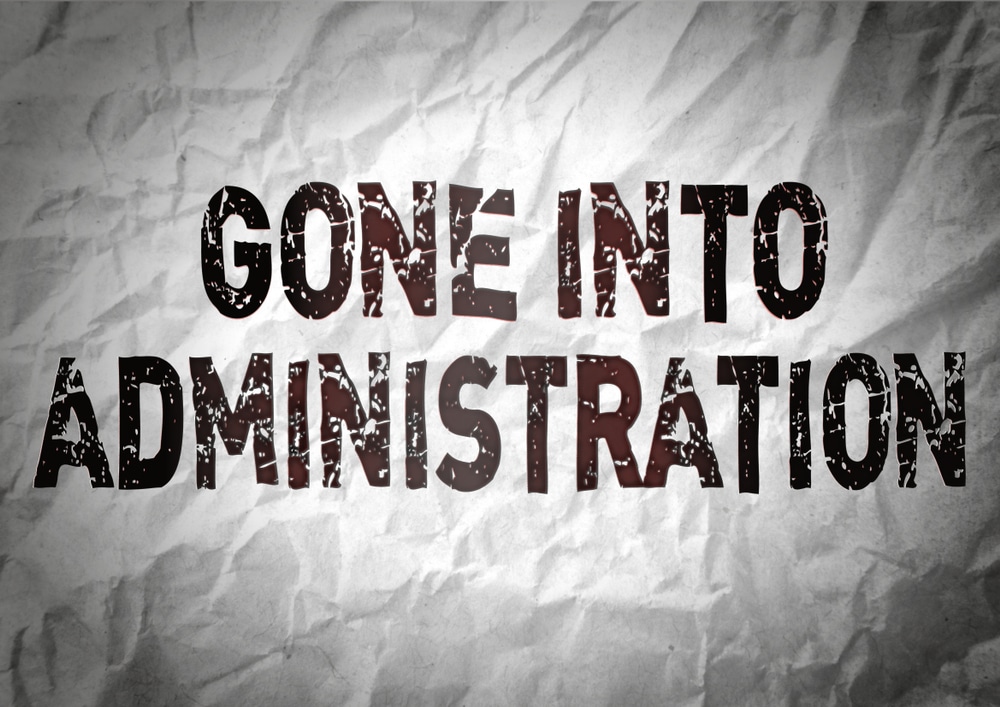The Process and Repercussions of a Company Entering Administration
As a company encounters monetary distress, the decision to enter administration marks a critical juncture that can have far-ranging effects for all entailed celebrations. The procedure of going into administration is intricate, entailing a collection of steps that aim to browse the business towards potential recuperation or, in some situations, liquidation. Understanding the duties and duties of a manager, the effect on numerous stakeholders, and the lawful commitments that enter into play is crucial in comprehending the gravity of this scenario. The consequences of such a move ripple beyond the business itself, forming its future trajectory and affecting the more comprehensive service landscape.
Summary of Company Management Refine
In the world of company restructuring, a necessary preliminary action is obtaining a detailed understanding of the intricate business administration process. Business management describes the official bankruptcy treatment that aims to save a monetarily distressed company or attain a better result for the business's lenders than would certainly be possible in a liquidation situation. This process includes the appointment of an administrator, who takes control of the business from its directors to analyze the monetary scenario and determine the finest training course of action.
Throughout administration, the business is given protection from lawsuit by its creditors, providing a moratorium period to create a restructuring plan. The administrator collaborates with the business's management, financial institutions, and various other stakeholders to devise an approach that may involve selling business as a going worry, reaching a business voluntary setup (CVA) with creditors, or eventually putting the business into liquidation if rescue attempts confirm futile. The main goal of firm administration is to maximize the go back to creditors while either returning the business to solvency or shutting it down in an organized fashion.

Roles and Responsibilities of Administrator
Playing an essential duty in looking after the firm's economic affairs and decision-making procedures, the manager assumes significant responsibilities throughout the corporate restructuring procedure. The key obligation of the manager is to act in the very best interests of the company's financial institutions, aiming to achieve one of the most favorable outcome possible - what happens to employees when a company goes into liquidation. This includes performing a thorough evaluation of the company's economic situation, developing a restructuring plan, and applying techniques to optimize go back to lenders
Furthermore, the manager is in charge of communicating with various stakeholders, including employees, suppliers, and regulative bodies, to guarantee openness and compliance throughout the management procedure. They have to likewise connect successfully with shareholders, providing normal updates on the firm's development and seeking their input when needed.
In addition, the manager plays a crucial function in handling the everyday procedures of business, making crucial choices to keep connection and preserve value. This includes assessing the viability of various restructuring choices, bargaining with creditors, and ultimately guiding the firm in the direction of a successful departure from management.
Influence On Business Stakeholders
Thinking an important position in overseeing the business's monetary events and decision-making processes, the administrator's activities during the business restructuring procedure have a direct impact on various firm stakeholders. Consumers might experience disturbances in services or product availability during the administration procedure, affecting their trust fund and loyalty towards the business. Furthermore, the neighborhood where the company operates could be affected by potential task losses or modifications in the company's procedures, affecting regional economic situations.
Lawful Effects and Commitments
During the procedure of business administration, cautious consideration of the lawful ramifications and obligations is critical to ensure compliance and secure the interests of all stakeholders included. When a firm enters management, it causes a set of legal needs that should be stuck to.
Furthermore, legal implications develop concerning the treatment of employees. The manager must adhere to employment regulations pertaining to redundancies, worker rights, and responsibilities to provide needed information to worker representatives. Failing to comply with these legal needs can result in lawsuit against the firm or its managers.
Moreover, the firm getting in management might have legal responsibilities with numerous celebrations, consisting of suppliers, consumers, and landlords. These agreements require to be assessed to determine the most effective course of action, whether to terminate, renegotiate, or meet them. Failing to deal with these contractual obligations properly can lead to disagreements and possible legal consequences. In essence, understanding and fulfilling lawful obligations are important aspects of navigating a company through the management procedure.
Techniques for Business Recuperation or Liquidation
In taking into consideration the future instructions of a firm in management, tactical preparation for either recuperation or liquidation is necessary to chart a sensible path ahead. When going for company healing, vital approaches may consist of carrying out a detailed evaluation of the business procedures to recognize ineffectiveness, renegotiating leases or agreements to improve cash money flow, and executing cost-cutting actions to enhance profitability. Furthermore, looking for new financial investment or funding alternatives, branching out profits streams, and concentrating on core expertises can all add to a successful recovery plan.

Verdict
To conclude, the process of a business going into administration involves the appointment of an administrator, that tackles the duties of managing the firm's affairs. This procedure can have considerable effects for numerous stakeholders, consisting of creditors, shareholders, and staff members. It is vital for firms to very carefully consider their choices and approaches for either recuperating from economic problems or proceeding with liquidation in order to minimize potential legal effects and responsibilities.
Company administration refers to the official bankruptcy procedure that aims to rescue an economically troubled business or accomplish a better outcome for the firm's lenders than would certainly be possible in a liquidation situation. The manager works with the company's management, lenders, and various other stakeholders to create a technique that may involve marketing the organization as a going problem, getting to a business volunteer plan (CVA) with lenders, or eventually positioning the company into liquidation if rescue efforts show futile. The main goal of company administration is to Related Site make best use of the return to lenders while either returning the business to solvency or shutting it down in an orderly fashion.
Presuming an essential placement in managing the business's decision-making processes and financial events, the manager's actions throughout the corporate restructuring process have a direct influence on numerous firm stakeholders.In conclusion, the process of a business going into administration entails the appointment of an administrator, who takes on the obligations of taking care of the company's events.